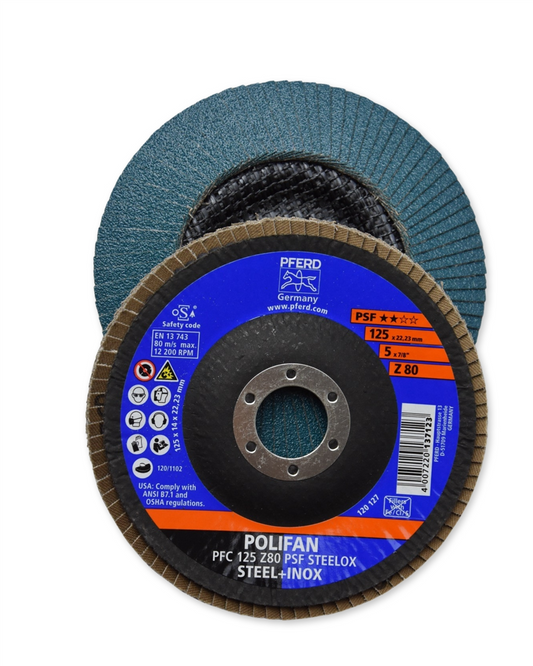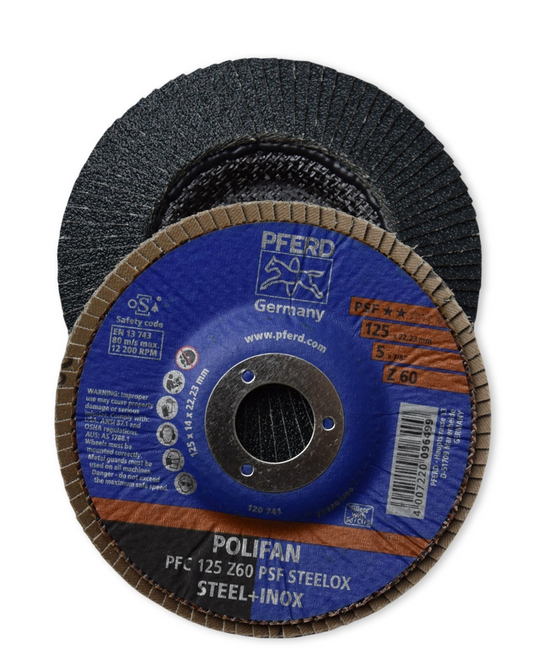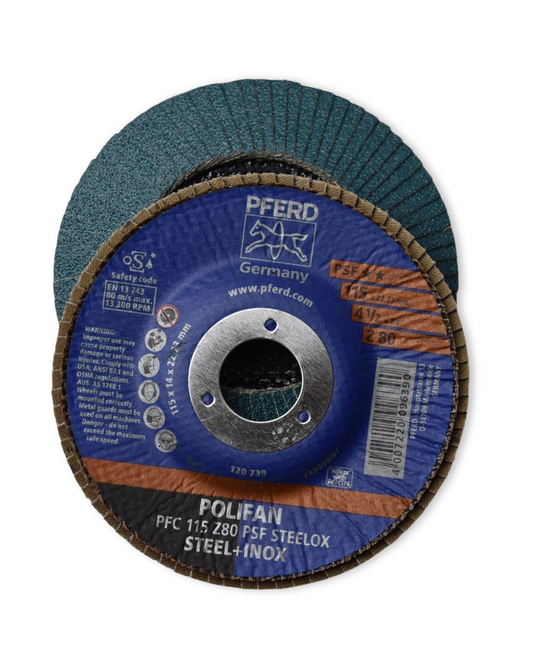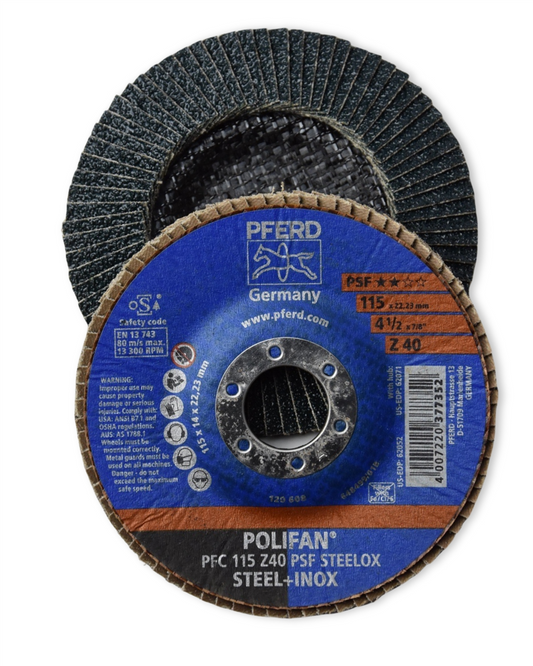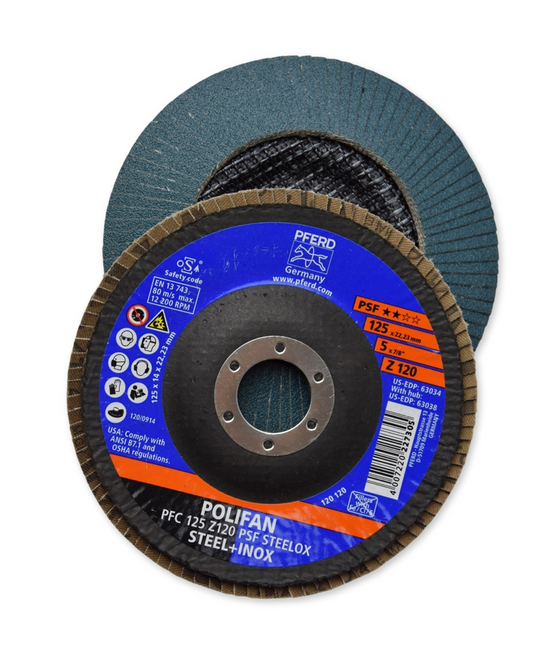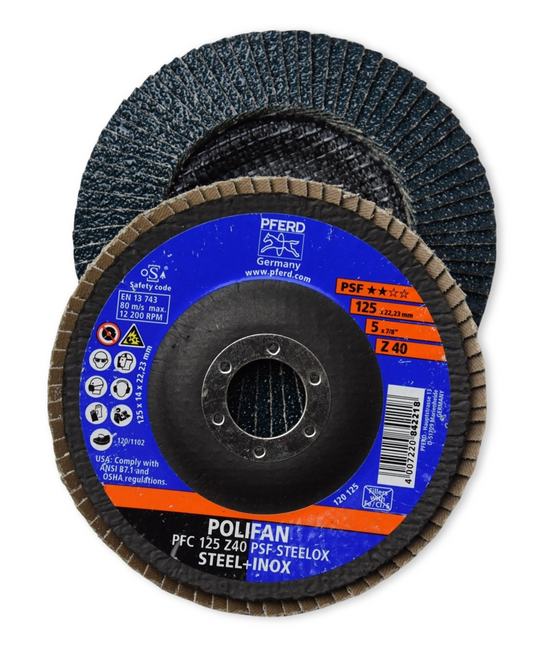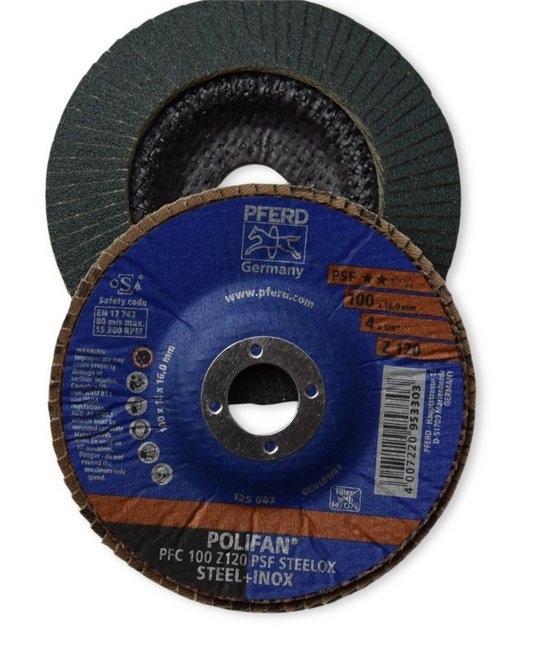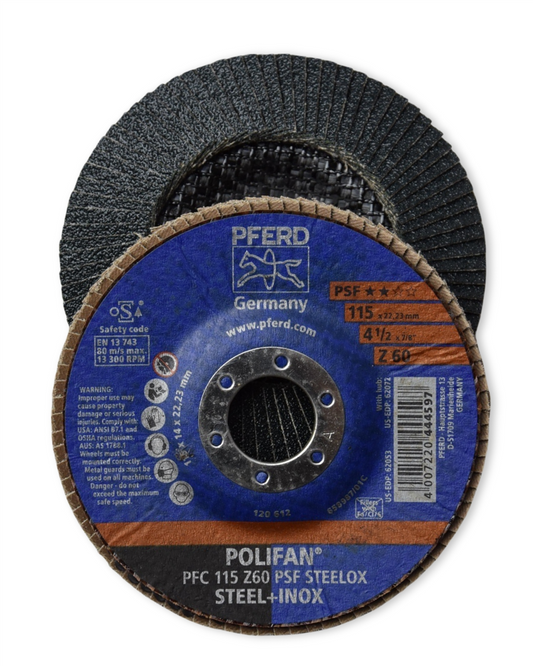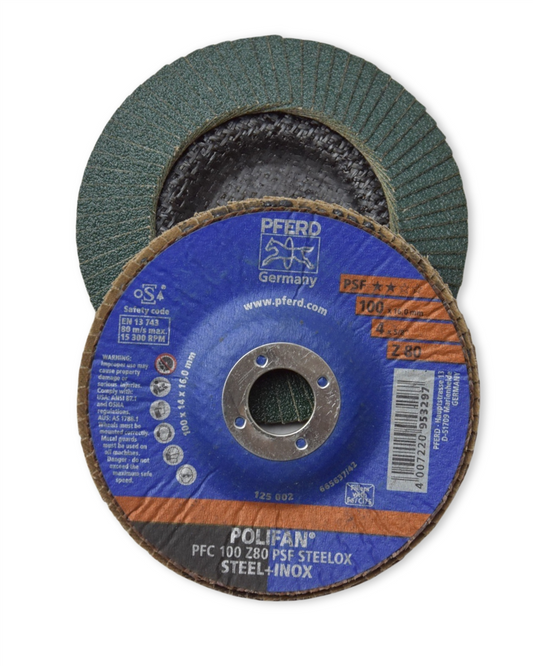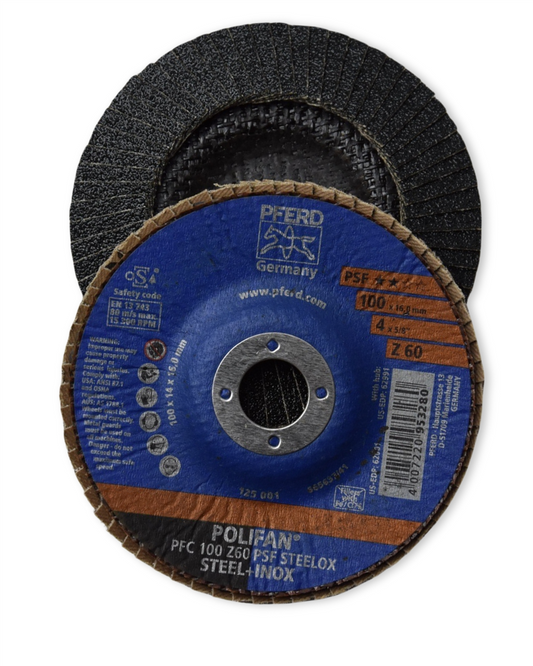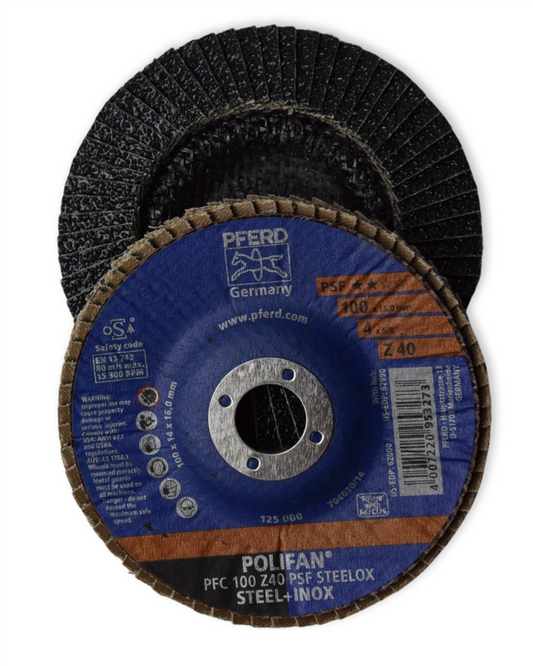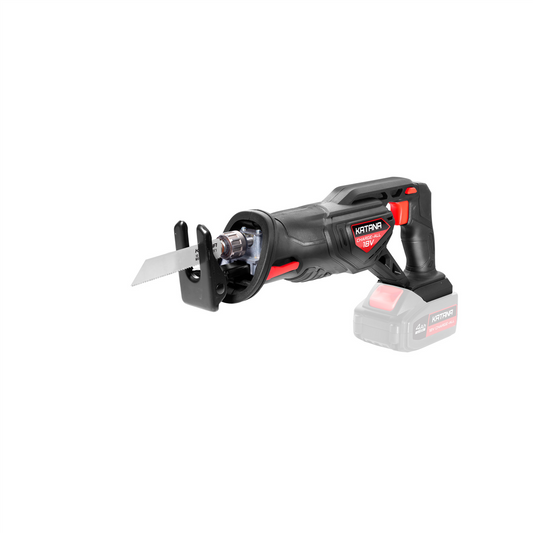How do I use a string line?
Share

You’re on-site, the sun is beating down, and you’re staring at uneven ground with a blueprint in your hand. Whether you’re laying bricks, setting up a retaining wall, or trying to create a perfectly straight fence, getting a consistently straight line is vital in any trade. That’s where the humble string line shines. Small in size but big in impact, this trusty tool is a trade secret that never goes out of style!
If you’ve ever scratched your head wondering if you’re using one right—or how to make the most of it—don’t stress. I’ve got your back. Let’s break it all down without the jargon and complexity. Think of this as your quick guide to putting that string line to good use.
What is a String Line?
A string line is exactly what it sounds like—a sturdy string or cord stretched taut between two points. It’s used as a guide to ensure your construction work remains straight, level, or aligned. While it might look simple, the string line is anything but basic when it comes to value. Carpenters, electricians, builders, and other tradies swear by it for its ability to keep everything neat and precise.
Why Tradesmen Love It
Let’s face it—mistakes in the trade world can lead to longer hours and annoyed clients. That’s why tradespeople need tools to simplify their jobs. A string line delivers in ways nothing else can:
- It’s reliable and easy to use.
- It helps achieve perfectly straight or level lines (say goodbye to wonky edges!).
- It saves you time on measurables by providing a visual marker at all times.
- It’s super affordable and fits right into your toolbelt.
How to Set Up a String Line
Setting up a string line might sound intimidating, but you can trust me—it’s not rocket science. Here’s a step-by-step guide to doing it right:
- Grab Your Tools: You’ll need a quality string line and a pair of stakes or pins. Some tradies like to use timber pegs or something heavy-duty, especially for tough ground.
- Set the Stakes: Place your stakes at the two endpoints of where you want your straight line to be. Think of these as your markers.
- Attach the String: Tie one end of the string securely to the first stake and stretch it tightly across to the second stake. Make sure to keep that line as tight as your favourite screwdriver socket—loose string isn’t much use!
- Check Your Level: For level lines, pop out your trusty spirit level. If the ground is sloped, your string can serve as a reference for that slope instead of being perfectly flat.
- Double-Check: Step back and visually inspect the line. Are the stakes straight? Is the tension right? A loose or sagging string defeats the purpose, so adjust if needed.
And just like that, you’re ready to start your task with confidence!
Pro Tips for Using a String Line
Want to step up your game? These small tricks make a big difference:
- Ditch the Rough String: Clear, untangled, and firm string is essential. Frayed ropes or sagging cords should be put straight into the “no-go” pile.
- Test Your Anchors: If you're working in soft ground, stakes can shift. Use a mallet to secure them, or opt for metal stakes that hold steady.
- Mark Reference Points: Once your line is taut, don’t be shy about using tape or chalk to mark your points of reference along the string. It makes everything cleaner and clearer.
- Go With Bright Colours: Bright, visible string can save RDO-level frustration when you’re working in busy or cluttered spaces. A neon string ensures it’s easy to spot, preventing accidental misalignment.
Common Mistakes to Avoid
We all slip up sometimes, but avoid these rookie errors to keep your site looking spot-on:
- Overcomplicated Setups: Keep it simple. Don’t get fancy with extra stakes or double knots unless you need them.
- Forgetting to Tighten: A loose line leads to crooked outcomes. Make tension your best mate.
- Underestimating Measurements: Don’t “eyeball”. Grab a measuring tape to confirm alignment distances and accuracy.
Why Quality Matters
This is where a place like Strathalbyn H Hardware comes into play. Having access to reliable tools is half the battle won. A high-quality string line and sturdy stakes not only make your work easier but help ensure your final result absolutely hits the mark. When you can count on our stock to put a stop to product failures or breakdowns, a lot of headaches get left behind.
The “Right Stuff” for Tradies
At Strathalbyn H Hardware, we take gear seriously because we know you do too. If the tools last longer, you don’t find yourself running to the shop mid-project. From durable lines to stakes that hold steady, our selection always keeps functionality in front.
Finishing Thoughts
Whether it’s the foundation of your next retaining wall or getting a long picket fence checked off the to-do list, a string line is that one tool that helps remove the guesswork. Easy to use, reliable, and a true asset to any tradie’s toolbelt. And when you know your tools come from people who understand your needs—like us at Strathalbyn H Hardware—you know you’re giving yourself an edge while saving time.
So sharpen that pencil, measure the stakes, and pull that string tight. Your next masterpiece awaits, and we’re right here to help make it a reality.

